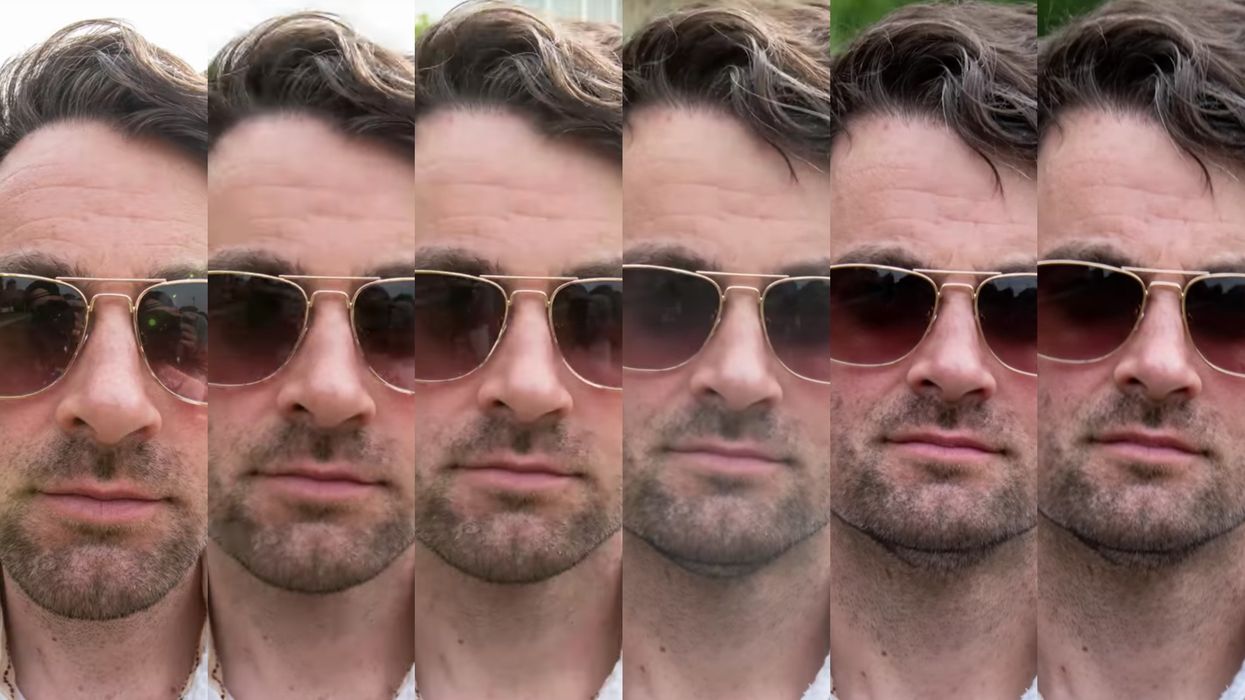The Lens Compression Myth: What's Really Happening to Your Images When You Switch Focal Length
Lens compression is when your lens "compresses" the background of an image. Well, no. That's a myth.

Many of you might be familiar with the concept of "lens compression," a phenomenon that makes the size of background elements within a frame appear larger than they actually are, but some of you might not agree on what is causing said distortion, though it's often said that what makes elements appear larger or smaller depends on which lens you shoot with. However, Lee Morris of Fstoppers tackles this hotly debated topic in the video below, suggesting that the "compression" of telephoto images has less to do with focal length and more to do with camera distance. Check it out below:
Contrary to what you might've learned, lens compression isn't really a thing. Telephoto lenses don't "compress" images. This phenomenon everything to do with the distance between your camera and your subject, or to use another word, your perspective.
Morris wrote an article about lens compression back in 2016 about this same topic. He describes a conversation he had with a friend about lens compression, the misconceptions surrounding it, and how pervasive the myth actually was.
"You realize that if you take a portrait of someone with a telephoto lens and then take the exact same shot with a wide lens from the same spot but crop into that image, the 'compression' will look identical," I said. My buddy simply could not believe this to be true. He had always been taught that the lens was doing the "compressing." After quizzing a few other photographers I realized that the majority of professional photographers I know didn't understand this either.
With this new video, he is able to more clearly explore and explain the concept of lens compression, pointing out the piece of the puzzle that seems to be left out of the box for those who don't quite understand what's going on when an image appears "compressed," and that puzzle piece is "distance from the subject." He explains it in more detail in his latest article:
The fundamental principle boils down to this: to double or halve the size of an object in your frame, you will have to double or halve the distance of the camera to that object, but not everything in the frame is the same distance away from the camera. Your subject might be close while the background is farther away...It appears in the animation of Patrick that he is remaining the same size while the background is growing, but in reality, Patrick is getting smaller and I am zooming or cropping in to make him appear to be the same size, and when I do, it's cropping out more and more of the gazebo.
This may not be a matter of life or death to filmmakers or even mean the difference between good footage and bad footage, but if this is something that, according to Morris, 50% of photographers don't know about, it might be a good idea to learn about it. Besides, it's important to know that the distance between your camera and your subject and your subject and the background are the things changing the size of your background, not your lens because otherwise, you'd still be zooming with your feet thinking it's something you can actually do.
Source: Fstoppers











